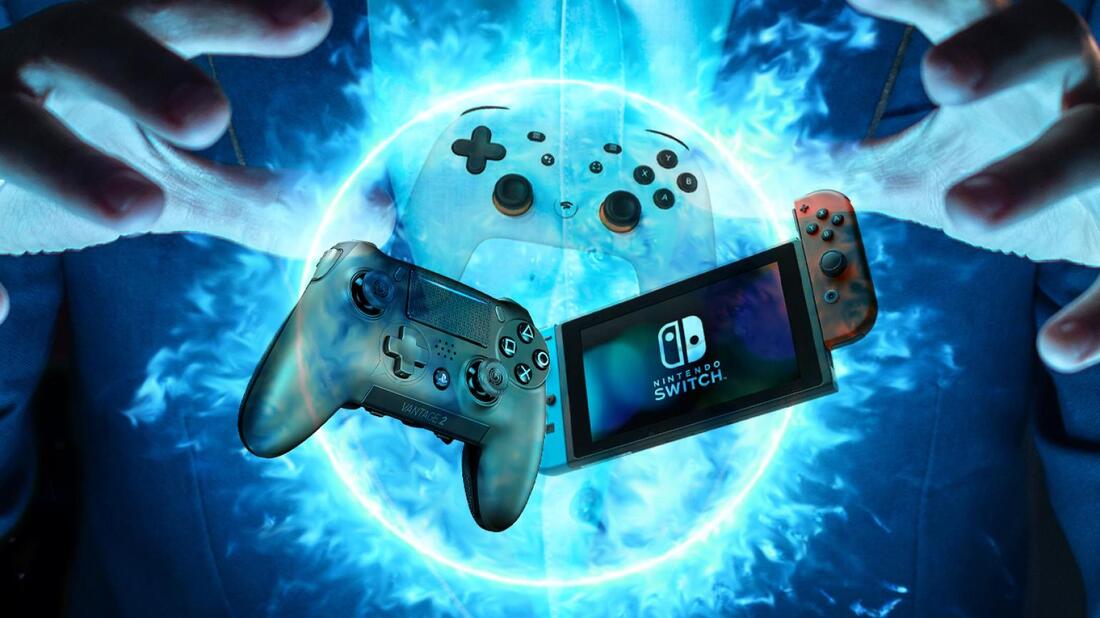The gaming industry has come a long way since its humble beginnings in the early 1970s. What started as simple 2D games like Pong and Space Invaders, have now transformed into high-end, immersive experiences that blur the line between reality and virtuality. With the help of technology, gaming and entertainment have become a significant part of our lives, shaping how we interact with the world around us.
One of the major milestones in gaming technology was the introduction of home consoles. In 1977, Atari launched its first home console, the Atari 2600, which brought arcade-quality games to households across the globe. This paved the way for other consoles like Nintendo Entertainment System (NES), Sega Genesis, PlayStation, Xbox, and many more. Today, these consoles provide gamers with advanced graphics, motion sensors, and online connectivity, making the gaming experience more immersive and engaging.
The introduction of personal computers also revolutionized the gaming industry. With the rise of personal computers in the 1980s, the gaming industry began to shift from consoles to computers, opening up new possibilities for game developers. The PC gaming industry grew rapidly, and it became a hotbed for new games, game engines, and development tools.
The introduction of the internet in the early 1990s was another significant milestone in gaming and entertainment technology. The internet allowed for online gaming, making it possible for gamers to connect and compete with others from all over the world. This led to the development of massively multiplayer online role-playing games (MMORPGs) like World of Warcraft and EverQuest, which allowed players to create and control their avatars in a virtual world with other players.
The rise of mobile gaming in the early 2000s was another game-changer for the industry. With the advent of smartphones, gaming became accessible to millions of people worldwide. Mobile games like Angry Birds, Candy Crush, and Pokémon Go quickly became household names, introducing new audiences to the world of gaming.
In recent years, virtual reality (VR) and augmented reality (AR) have emerged as the next big thing in gaming and entertainment technology. VR technology enables players to experience games in a fully immersive environment, where they can interact with the virtual world in real-time. On the other hand, AR technology overlays virtual elements onto the real world, enhancing the player’s experience and creating new possibilities for game design.
Apart from gaming, entertainment technology has also undergone a significant evolution in recent years. The rise of streaming services like Netflix, Hulu, and Amazon Prime has transformed the way we consume entertainment. These services provide users with a vast library of movies and TV shows that can be streamed on-demand, making it easier than ever to access the content we love.
The entertainment industry has also seen a significant shift towards live streaming. Live streaming platforms like Twitch and YouTube Gaming have enabled gamers to share their gameplay experiences with millions of viewers worldwide. This has created a new type of entertainment where viewers can watch their favorite gamers play their favorite games in real-time.
In conclusion, the gaming and entertainment industry has come a long way in terms of technology, and the possibilities for immersive experiences are only going to continue to grow. As new technologies continue to emerge, we can expect to see more groundbreaking innovations that will shape the industry’s future. Whether it’s VR, AR.



